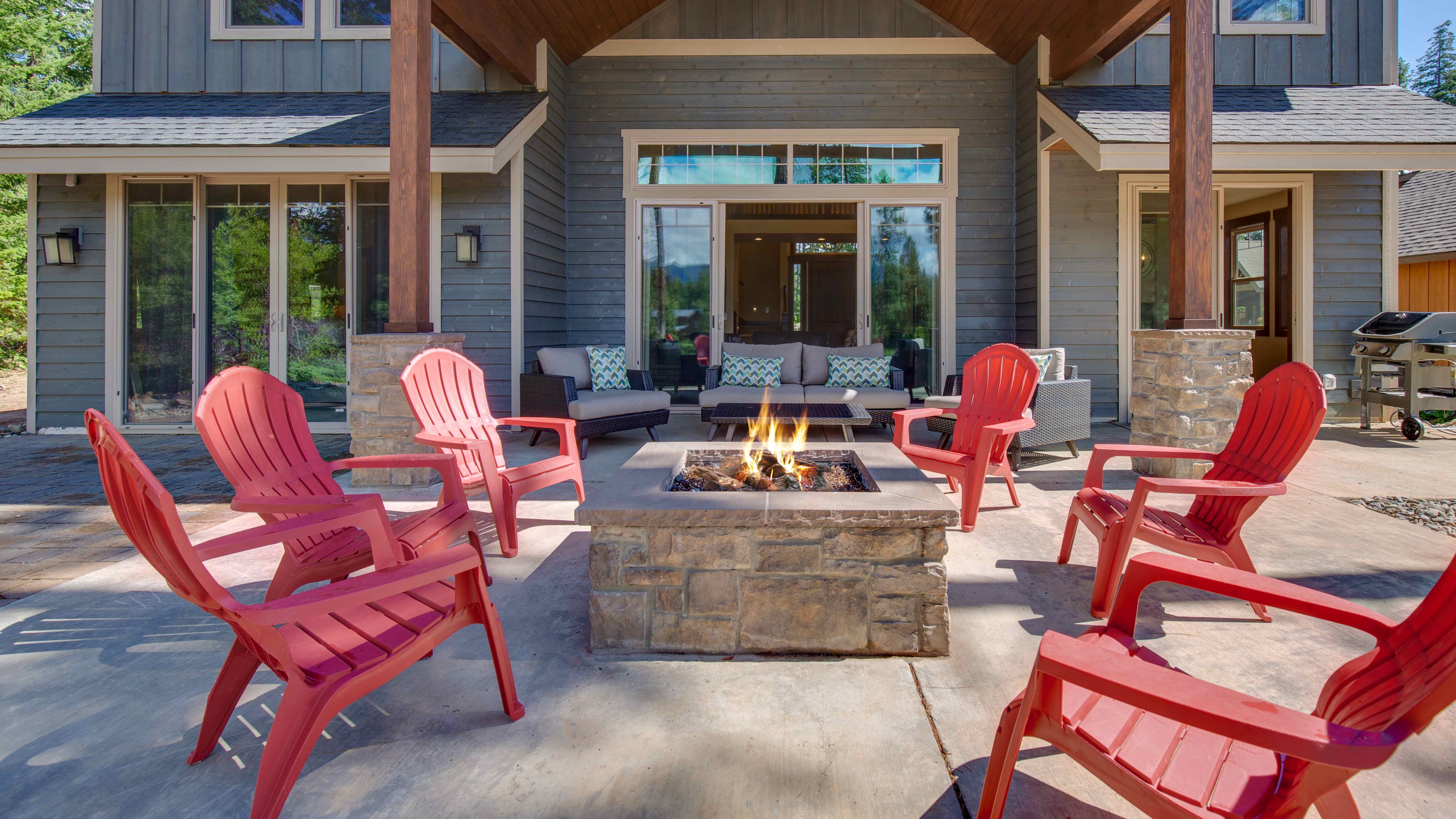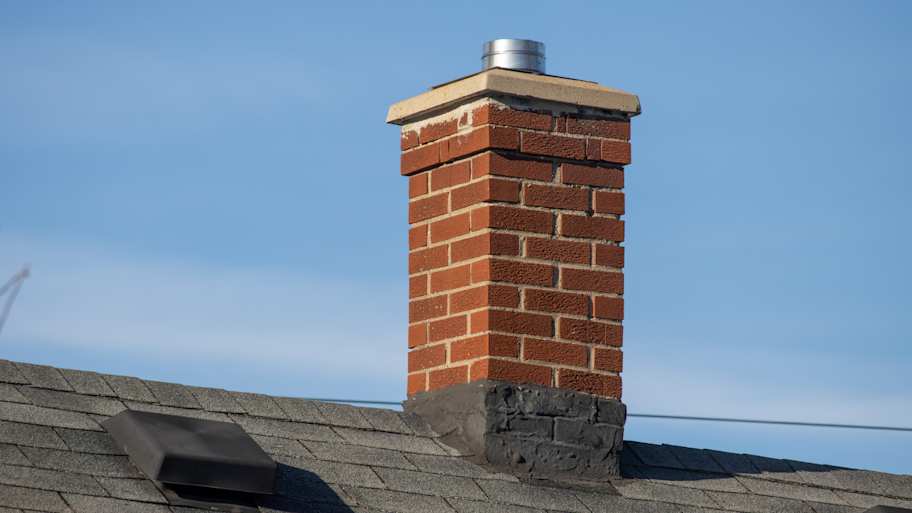
Door or window lintel replacement costs $400 on average, but there are ways you can save. On the other hand, complicated work will increase costs considerably.
Make your backyard the hottest spot in the neighborhood with the right size fire pit


Fire pit size can vary based on seating capacity, fuel type, fire pit type, and intended use.
Additional considerations when choosing a fire pit size include clearance and safety requirements, which can depend on local codes.
Fire pits can range from 24 inches in diameter to 60 inches or more.
A fire pit can create a warm, comfortable space for entertaining in your yard. Fire pits are available in sizes ranging from small, portable models to larger, built-in pits. Learning about standard fire pit dimensions can help you select the fire pit size that’s right for your home. We explore common fire pit dimensions, what can affect fire pit size, and how to choose the right size fire pit for your home.
Fire pits range in diameter from 24 inches to 60 inches or more. They’re available in various shapes and styles, and may be portable or built into your backyard. When considering fire pit size, it’s also important to account for the total space needed for seating, safety clearances, and more, which can increase the total diameter needed to 6 feet anywhere up to 16 feet or more.
One way to determine the necessary fire pit size is by how many people you want to comfortably accommodate around it. The more seating capacity you intend, the larger fire pit you’ll need.
| Seating Capacity | Fire Pit Diameter (Inches) | Total Diameter Needed (Feet) |
|---|---|---|
| 2–4 people | 24–36 | 6–8 |
| 4–6 people | 36–48 | 8–12 |
| 6+ people | 48–60 | 12–16 |
If you don’t plan on entertaining large numbers of people around your fire pit, a smaller pit with a diameter of 24 to 36 inches will accommodate seating for two to four people. With seating space and safety clearance, plan to allocate an area of six to eight feet in diameter. Smaller fire pits may be portable, allowing for more flexibility in setup location.
For more seating around your fire pit, a pit with a diameter of 36 to 48 inches and a total diameter for the area of eight to 12 feet will comfortably seat four to six people. Fire pits of this size are normally fixed in place rather than portable, with a built-in seating area surrounding the fire pit.
If you love to entertain and want to fit six or more people around your fire pit, choose a larger pit of 48 to 60 inches in diameter and a total diameter of 12 to 16 feet for the area. Large fire pits are often built into the ground, either with a custom build or a premade pit that’s permanently installed. An installed patio or other seating area allows for comfortable seating and plenty of space to entertain.
Determining your ideal fire pit size requires a few key measurements. First, you’ll need to decide on the area where you want to set the fire pit up, keeping in mind clearance and safety requirements, level ground, and other considerations. First, measure the area of the fire pit itself and then expand out to include the seating area.
You’ll also need to determine the appropriate fire pit depth or height. Fire pits may be built into the ground or extend up from the ground, but you’ll want to ensure your fire pit is deep or high enough to burn safely and reduce smoke.

Various factors can affect fire pit size, from the type of fire pit and fuel to local regulations. Here are a few of the things that can influence fire pit size.
What fuel your fire pit uses can affect how big it needs to be. Natural gas or propane-fueled fire pits require less space than wood-burning fire pits, although fire pit installation costs are higher for gas or propane since you’ll need to run fuel lines. A wood-burning fire pit needs to be bigger since wood takes up more space to generate the same amount of heat as gas or propane. Remember, the bigger the fire pit, the more fuel it’ll take to maintain the fire, no matter what fuel you use.
Many municipalities have strict regulations for fire pit safety that dictate how much clearance is required away from buildings, property lines, overhead obstructions, and other placement obstacles. It’s important to follow all safety and clearance guidelines to minimize fire risks and operate your fire pit safely.
How you use your fire pit will also affect how big it is. If you plan to cook over your fire pit, use it as an outdoor fireplace, or set a fire pit into a table, it will influence how big the pit needs to be. There is no shortage of fire pit ideas to customize your fire pit to meet your exact needs and aesthetics, so consider how you want to use it when determining what size you need.
Portable fire pits that can be moved from place to place are often smaller and made of lighter materials than built-in fire pits. Built-in pits may be made of materials like concrete or stone and take up more space than portable pits, which are normally made of metal.
Adding a fire pit and other hardscaping can add value to your home, but you want to ensure you have the right size fire pit to fit your backyard and comply with all applicable regulations. A local masonry pro can help you plan your ideal fire pit, build the surrounding seating area, and ensure it’s set up safely and complies with local codes.
From average costs to expert advice, get all the answers you need to get your job done.

Door or window lintel replacement costs $400 on average, but there are ways you can save. On the other hand, complicated work will increase costs considerably.

The cost to brick a house depends on several factors, like labor costs, home size, and brick types. Use our guide to estimate your bricking costs.

Need to repoint brick in your home to make your home look fresh and new? Use this guide to repointing brick cost to price out your project before starting.

If you don’t want to buy an outdoor fireplace kit or get a pro to install it, you may be able to do it yourself. Learn how to build a DIY outdoor fireplace.

Picking the right mortar matters in masonry projects. Learn when to use Type N versus Type S and what makes each mix ideal for different masonry applications.

What is flagstone, and what are its pros and cons? Our guide walks you through this hardscaping option used to spruce up patios, walkways, and more.